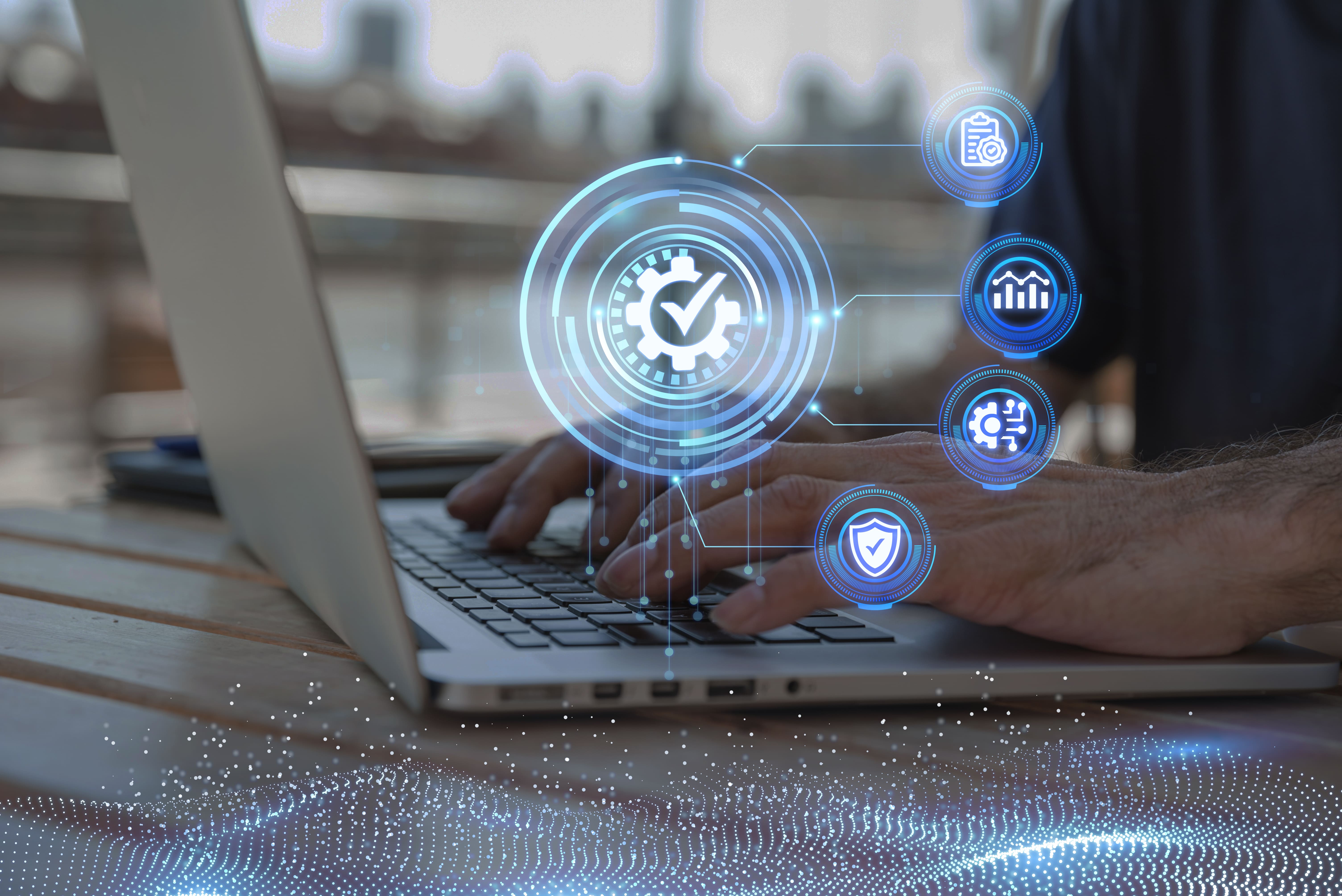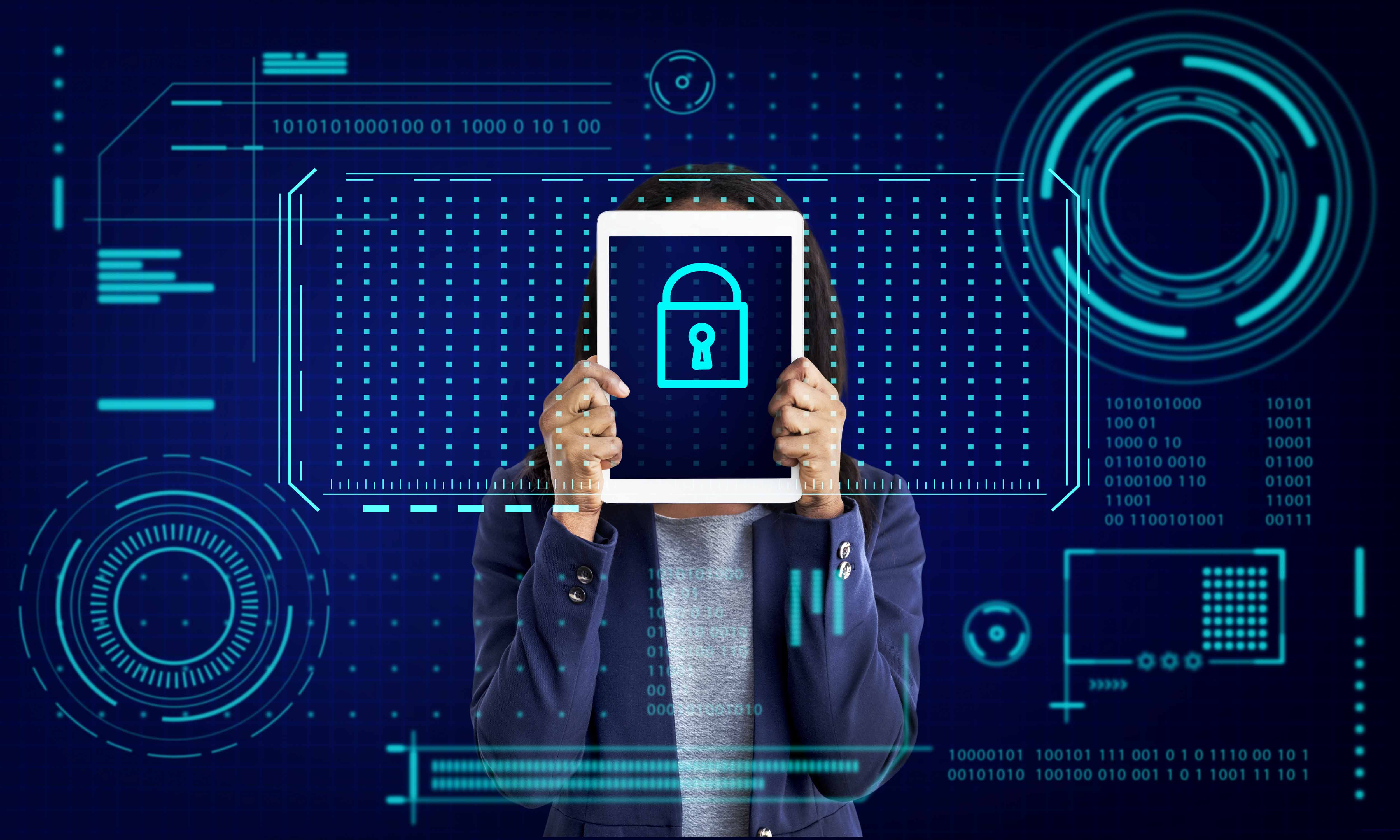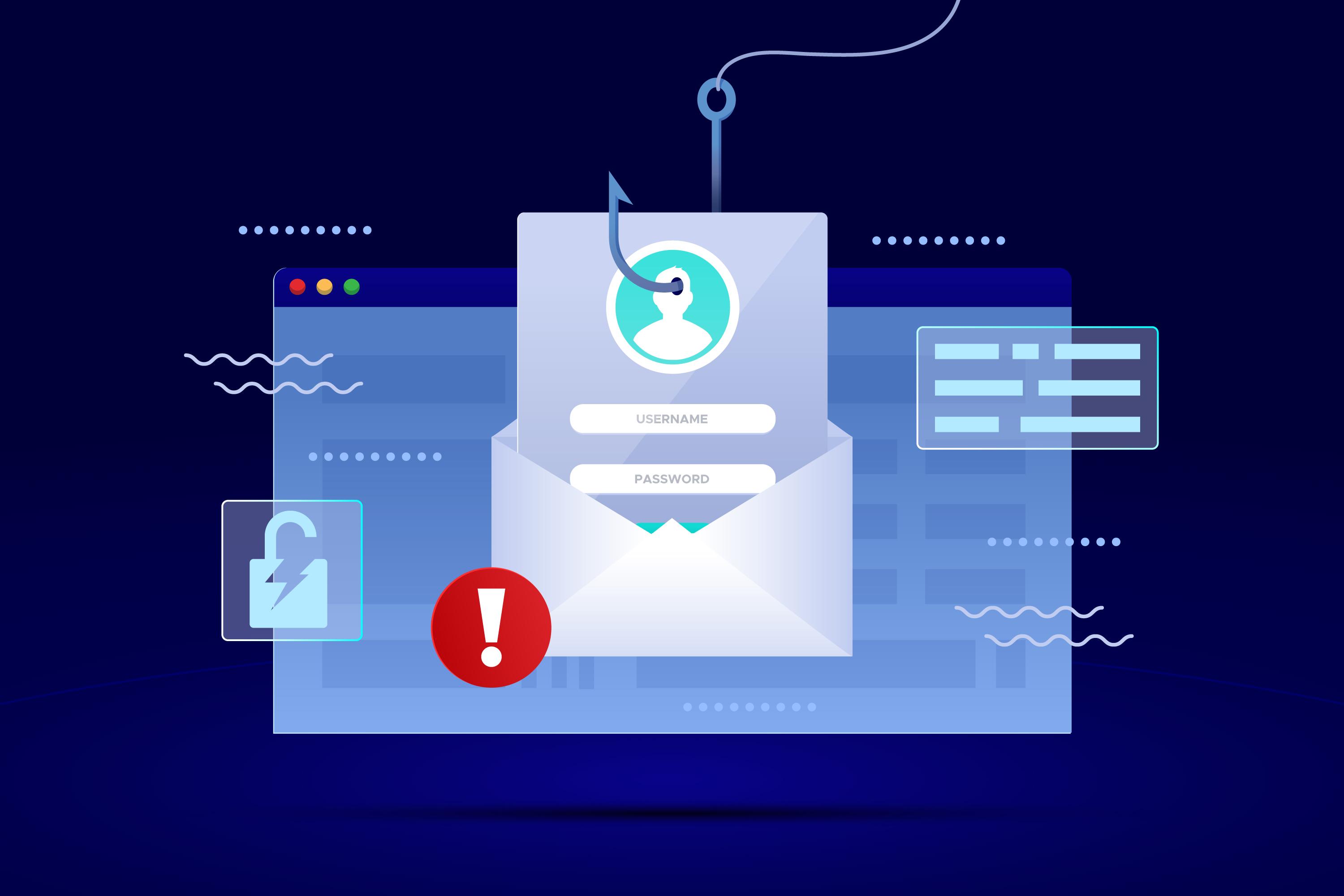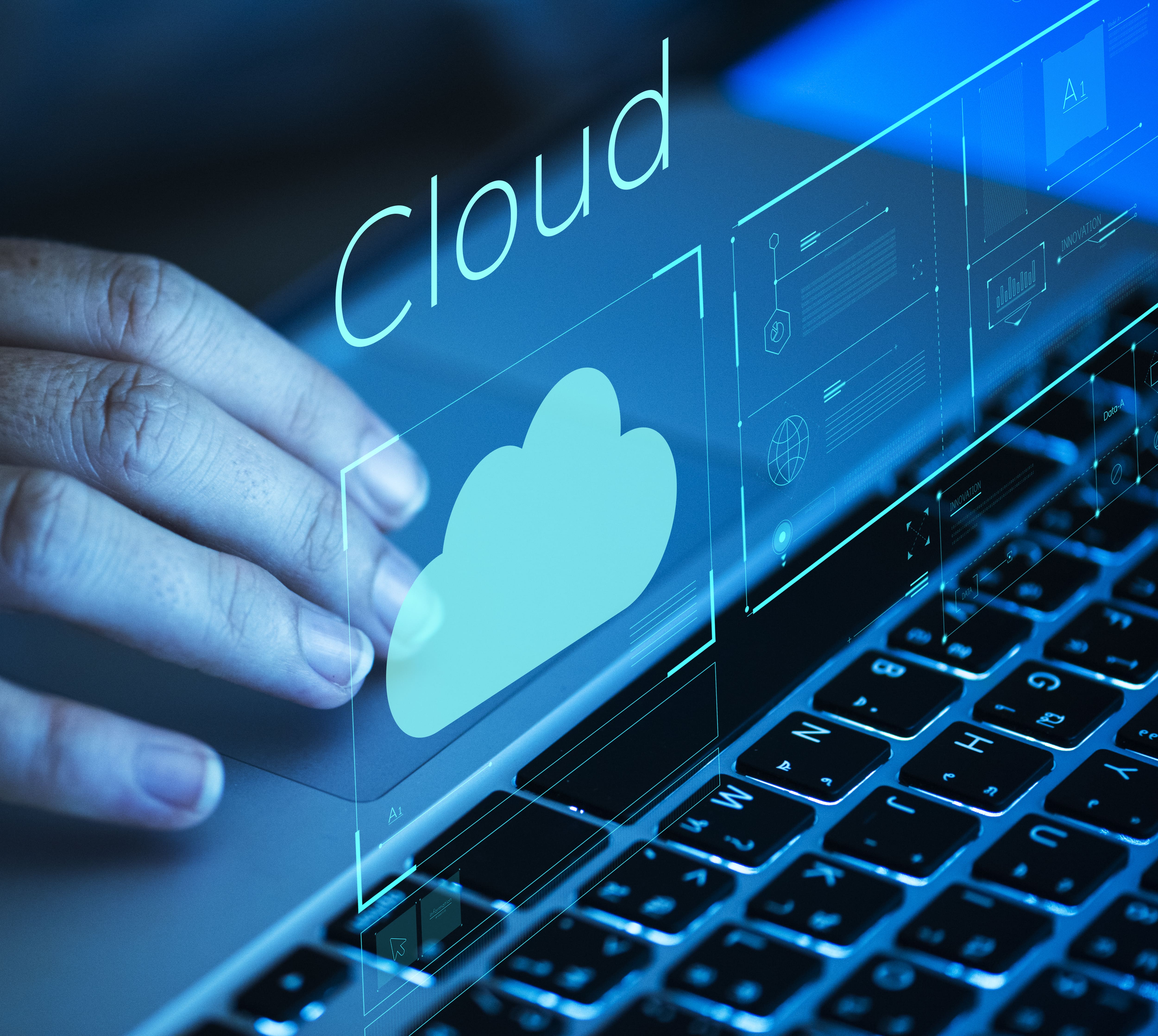
by Rebeca | Jun 14, 2023 | Customer, cybersecurity, Definitions, Release, soffid
Soffid 3.4.7 is the latest version of our convergent platform. It is designed to provide comprehensive protection against cyberattacks. This new release incorporates a convergent perspective, offering a 360º view of your organization’s identities and optimizing the platform’s start-up processes. With improved functionality and user-friendly tools, Soffid 3.4.7 ensures a simplified and efficient experience during the start-up process.
One of the most significant features of the new version is the Configuration Wizard, which is divided into four sections: Identity Governance Administration (IGA), Identity Risk & Compliance (IRC), Privileged Access Management (PAM), and Access Management & Single Sign-On (AM).
To successfully maintain your organization’s IDs, Soffid requires the installation of a Sync Server component in the IGA area. The wizard provides step-by-step instructions for selecting the suitable platform to host the Sync Server. Additionally, you can easily configure the authoritative source of the identities by choosing the desired mode and following the wizard’s instructions. Soffid also offers another wizard that allows you to seamlessly add applications, such as Active Directory or a Database, from an application list.
The IRC section focuses on identity risk and compliance, encompassing processes and controls to ensure the authenticity and authorization of individuals accessing sensitive data or systems. Soffid introduces new wizards in this section to help you create roles for detecting risky role assignments (SoD), schedule weekly risk reports, define recertification campaigns, and establish advanced authorization rules.
For privileged access management, the PAM section enables you to track the usage and access of service and system management accounts. Through the configuration wizard, you can easily discover assets present in your network, publish accounts in the Password Vault, create PAM policies for granular control over privileged access, and establish multi-factor authentication (MFA) policies.
In the AM section, Soffid focuses on access management and single sign-on. This functionality allows you to identify users accessing applications and implement multi-factor authentication. You can register IDs for administration and protection, add and configure new Service Providers, set up strong authentication factors, and create adaptive authentication rules to dynamically adjust the authentication methods based on criteria.
With Soffid 3.4.7, we strive to provide you with a comprehensive solution to safeguard your organization from cyber threats. The enhanced functionality and user-friendly Configuration Wizard ensure a seamless and efficient experience during the start-up process. Take advantage of the new convergent perspective and the 360º view of your organization’s identities offered by Soffid, and fortify your defences against cyberattacks.
For more detailed information about the new features and instructions on how to upgrade, please contact us.
Soffid 3.4.7 was developed to keep your company safe.
Shall we talk?

by Rebeca | May 24, 2023 | cloud, cybersecurity, soffid
Protecting your digital identity and ensuring business security is crucial in today’s digital landscape. Identity and access management (IAM) plays a vital role in safeguarding digital experiences and mitigating potential consequences. Here are five essential IAM security practices to protect your company’s digital identity:
Implement robust password policies to prevent security risks associated with weak or reused passwords. Consequences may include data loss, IP theft, and compliance violations.
Use multifactor authentication (MFA) to defend against identity theft attacks. Attackers with password access can infiltrate systems, engage in fraud, and spread malware, leading to reputational damage, customer loss, and financial losses.
Manage privileges properly to prevent employees from gaining unnecessary access or abusing their privileges, which can result in data leaks, internal sabotage, and reputational harm.
Regularly monitor and audit systems to detect malicious activity and suspicious behaviour promptly. Failure to do so can lead to security breaches, exposing confidential data, incurring regulatory penalties, and losing customers.
Stay up-to-date with security patches and updates to avoid known vulnerabilities. Neglecting updates can leave your company susceptible to malware attacks, system compromises, operational disruptions, revenue loss, and damage to your brand’s reputation.
Protecting your company’s digital identity is essential for security and business continuity. By implementing strong IAM security practices, you can mitigate potential consequences such as data loss, reputational damage, and financial losses. Don’t overlook the importance of safeguarding your digital identity in today’s digital landscape.
Soffid is a converged IAM platform that will help you implement everything necessary to keep your company safe.
Shall we talk?
(1) readwrite.com

by Rebeca | May 10, 2023 | cloud, Customer, Definitions
Protecting against Phishing: How Companies Can Stay Safe
Phishing is becoming an increasingly common threat. In this post, we explain in more detail what it is and how hackers access companies’ confidential information. We will also look at ways companies can protect themselves against this type of attack, and how Soffid can help companies and organizations stay safe.
What is Phishing?
Phishing is a type of cyber-attack in which hackers try to deceive users into revealing confidential information, such as passwords or credit card numbers. These attacks are often carried out through fraudulent emails that appear legitimate, and that contain links or attachments that download malicious software onto users’ devices.
Which types of companies are affected by phishing and how do hackers access information?
Phishing can affect any company, regardless of its size or sector. Hackers often target companies that store valuable information, such as customer personal data or financial information. If a successful attack occurs, they can access this information and use it for fraud, identity theft, or extortion.
Cybercriminals send fraudulent emails or messages that appear to be from trusted sources, such as banks or social networks, to lead users to fake websites. There, they enter their credentials, giving access to their personal and financial information. They can also send malicious attachments that download malware. Another common way is through phone calls, text messages, or social media, in which they impersonate legitimate institutions and request information.
How can we protect ourselves?
It is essential for companies to protect themselves against these attacks. Monitoring and analysing emails to detect suspicious patterns, filtering emails, and educating employees about the risks of phishing are some of the implementations that must be carried out. Other important measures include installing cybersecurity tools, such as firewalls and antivirus software.
At Soffid, we want to help protect companies’ data with complete security solutions. Discovery our convergent platform.
Shall we talk?
(1) Gov UK

by Rebeca | Apr 26, 2023 | cloud, Customer, cybersecurity, open source, soffid
It is important to understand the latest tactics used by adversaries to compromise cloud infrastructure. Cloud exploitation is on the rise, and it is essential to be aware of the threats that businesses are facing.
Why are adversaries accelerating cloud exploitation?
The rise in cloud adoption has made it an attractive target for cybercriminals. Cloud infrastructures are often seen as less secure due to the complexity of managing and securing these environments. Additionally, many businesses have adopted a “cloud first” strategy, which means that they are prioritizing cloud services over traditional IT infrastructures. This shift has made cloud infrastructure a more valuable target for attackers.
Tactics used to compromise cloud infrastructure:
Misconfigured Services: Adversaries often exploit misconfigured cloud services to gain unauthorized access. This can include misconfigured storage buckets, firewalls, and other cloud services that may expose sensitive data.
Exploiting Weak Passwords: Weak passwords are an easy target for attackers. If credentials are not secured, attackers can use automated tools to perform brute force attacks to gain access.
Social Engineering Attacks: Attackers may use social engineering tactics such as phishing emails or spear-phishing attacks to gain access to credentials or sensitive information.
Supply Chain Attacks: Third-party providers and vendors may have access to a company’s cloud infrastructure. Attackers may target these third-party providers to gain access to their target’s cloud infrastructure.
Advanced Persistent Threats (APTs): APTs are complex and persistent attacks that are designed to gain access to sensitive data over an extended period. APTs can involve a combination of techniques and tools to infiltrate cloud infrastructure.
Adversaries are constantly evolving their tactics to compromise cloud infrastructure. Misconfigured services, weak passwords, social engineering attacks, supply chain attacks, and APTs are just a few of the tactics used by attackers. To protect against these threats, it is essential to implement security best practices, such as multi-factor authentication, security monitoring, and regular security assessments
Soffid provides its clients with all the necessary tools to deal with these risks.
Shall we talk?
Sources
- CroudStrike Global Report
- Redsky Alliance

by Rebeca | Sep 15, 2021 | cybersecurity, News, soffid
Converged IAM (Identity and Access Management) unifies disparate physical and logical access control systems to create a singular trusted identity and credential to match rights and access them across the enterprise. Converged IAM can’t exist without network connections between these logical and physical identity systems.
Soffid unifies processes, policies and procedures across enterprise access systems, enabling comprehensive governance and simplified compliance. The platform provides centralized and converged identity and access governance that extends across physical, logical and operational access environments. The solution provides preventive risk analysis and active policy enforcement in addition to converged risk and identity analytics, including unified user access view.
The corporate world experienced a significant uptick in physical and cybersecurity threats due to the pandemic sending millions of employees home to work. Nevertheless, technology available today makes linking the physical and cybersecurity realms easier than it ever has been before, and the changing role of today’s CISO provides a more comprehensive view of keeping all forms of security cohesive, and up to date.
CISOs and their supporting departments struggle with providing the right people with the appropriate level of access to the right technology . The process of managing the level of provisioning for identity and credential management for all employees that join, leave, or move within the organization is already a high-volume task. Additionally, the expansion of the gig economy has forced corporations to have to factor in additional users that need access to corporate data, tools, content, and access to physical spaces from third parties and contractors, only adding to the overall risk for the organization.
Due to the level of detail that is required to ensure accurate provisions, mistakes are bound to happen. Unfortunately, the mistake that happens most often is leaving users over-entitled due to access that has mounted over time (physical or virtual) for tasks that then never get removed.
Managing that amount of change requires technology to support the process. Identity and access management tools have been heavily invested in by organizations to create central control over access to their virtual networks, applications, and data such as Soffid. These solutions become the gateway to propagate identities and the correct level of control across the entire environment. These systems are also usually automatically connected to HR solutions to ensure up-to-date and authoritative information is being utilized and is connected to the rest of the organization. Having a link to employee directories allows technology to rapidly identify authorized users and de-provision users to remove facility access quickly and easily.
Forward-thinking CISOs and CSOs are now looking more broadly at security and how to not only mitigate risk but also how they can make their departments more efficient. These leaders are looking at how they connect the IAM solution to other parts of the organization such as physical access control as a more centralized process as well as ensuring that there is a single record of truth on individual access. These CISOs expect access control solutions to integrate their IAM solutions with their physical credentialing and access control. Ultimately, by doing this, their teams save time and effort, by utilizing a single source of truth for access (physical and virtual), automatically eliminating access upon offboarding.
From a data and risk management perspective, with these systems connected, CISOs and threat analysts in the Security Operations Center (SOC) have more data and visibility as they investigate threats and understand the level of risk or exposure from a cyber and physical event.
The IAM industry today needs a solution that can provide holistic solutions with a proactive approach to security – Converged IAM enables this possibility, bringing together Access Management, Identity Governance and Administration, and Privileged Access Management in single platform. This improves the cybersecurity landscape by leaps and bounds, making IAM easily accessible for organizations of all market sizes while decreasing budget overruns that come with acquiring multiple separate IAM solutions. It also makes vendor management easy, reduces the long bills, makes IAM more user-friendly which increases user adoption, drastically increases ROI, thus retaining stakeholder interest.
We’d love to hear from you. See how Soffid can help you stay ahead of the curve in a rapidly evolving digital world. Get Started!
References:
(1) EC-Council Global Services
(2) Security Infowatch
Picture: <a href=’https://www.freepik.es/fotos/tecnologia’>Foto de Tecnología creado por rawpixel.com – www.freepik.es</a>






